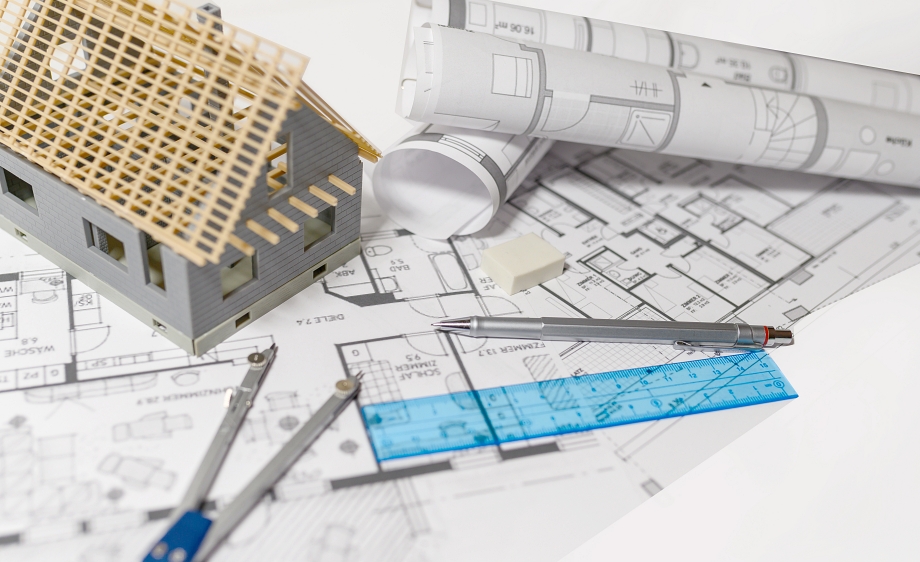
Neuroscientists tell us that vision dominates our other senses because sight connects to more parts of our brain than the other senses. If drafting and design professionals want to learn, teach, understand, or design objects, they should use images and art to form ideas. Drafters, designers, architects, and engineers use art to create sketches, drawings, and plans. Sometimes they subconsciously use art forms when asked to draw parts, products, or structures. It is hard to separate the unexpected influence of art in drafting and design. Contact ITI Technical College today for more information.
Inspiration And Art In Drafting And Design
Art has influenced drafting and design in many ways, and one of the most significant is inspiration. Design and drafting pros frequently look to art as a source of inspiration for their work. They use elements of different artistic movements in their ideas, sketches, and designs. They draw inspiration from expressionism, nature, social movements, history, stories, and other common places.
We can also find inspiration from past personal and career experiences, advertising, and other people’s creations. There seems to be an unlimited place to look for ideas and concepts to give us a boost.
Visualization Is Part Of Art In Drafting And Design
Many people have learned through experience they can improve their ability to visualize by studying art. This approach can help them spot and solve problems more creatively. For example, if you have artistic skills you can apply them to new products or modifications of existing products or structures. Here are some visualization ideas:
- You can generally create what you can conceive
- Suppressed ideas may provide a visual image
- Someone’s artwork may solve your drafting and design issues
- Visualizations can help you think in a non-verbal way to access parts of your brain that are creative
Problem-Solving Skills Are Important In Drafting
Art can inspire new approaches to problem-solving in drafting and design by encouraging us to think outside the box. Art can also improve our ability to visualize which helps us spot and solve problems more creatively. An example is biomimicry which is a design approach that draws inspiration from nature to develop innovative design solutions in many industries. Other ways art in drafting can help us include:
- Draw diagrams or timelines to help sort out problems
- Learn from other people’s feedback
- Think of art as generating multiple solutions
| It is hard to separate the unexpected influence of art in drafting and design. |
Conceptual Art Is Helpful
Conceptual art has influenced architecture and the construction industry by focusing on the meaning behind a work rather than its aesthetic appearance. This leads architects to explore new forms and functional solutions. Use these ideas to form conceptual designs:
- Define your concept and draw it out
- Consider the client and audience for your design
- Conduct more research for more ideas
- Brainstorm ideas with your team and supervisor
- Validate your ideas with real users of the product
A design concept establishes the core idea for a product’s design and development. It provides the product’s purpose, who it’s for, and how it works.
Art Composition Rules Serve As A Guide
Composition rules used by artists can also be applied to drafting and design because the human brain tends to respond well to these rules. Composition principles help create a well-balanced and visually appealing drafting or design project and include:
- Balance
- Proportion
- Emphasis
- Rhythm
- Movement
- Unity and Variety
- Contrast and Harmony
- Patterns and Repetition
These rules are explained well in an informative article by a professional artist. Each of these principles provides more realism and depth to any drafting and design project.
Computer-Aided Drafting (CAD)
 Computer-aided design software can facilitate a better way to draw and design objects and structures more creatively than traditional design. It provides these advantages:
Computer-aided design software can facilitate a better way to draw and design objects and structures more creatively than traditional design. It provides these advantages:
- Increased productivity through faster work
- CAD drawings are more accurate
- CAD can check for errors and inconsistencies
- Better quality and improved aesthetics
- Easy to read and understand
- The digital files can be easily shared with others
- See the product or structure come to life
- Easily make changes at any time
CAD files can be placed into an enterprise resource planning system and CAD modules can be used to animate mechanisms. Models can be fed into a computer-aided manufacturing system to convert them into data for machines to read and make products.
Earn An Associate Degree For Drafting And Design Jobs
From sketches to skyscrapers, art can influence drafting and design. Learn the fundamentals of drafting and design for entry-level jobs by earning a Drafting & Design Technology (AOS) Associate In Occupational Studies Degree at ITI Technical College.
For more information about graduation rates, the median debt of students who completed the program, and other important information, please visit our website: https://iticollege.edu/disclosures/





